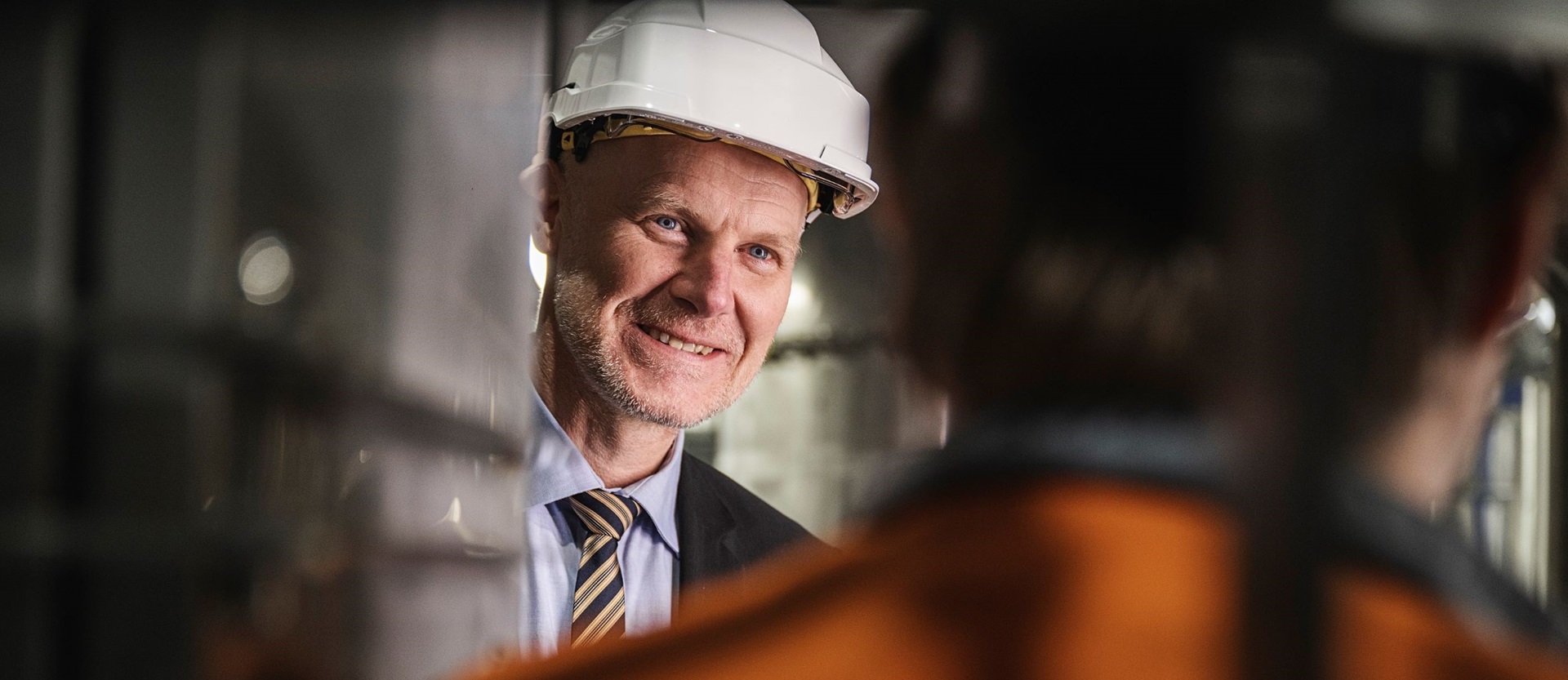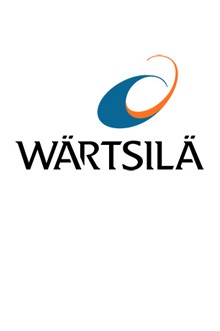

Article original published by ship.energy on January 21, 2022
Fossil fuels, and shipping’s continued use of them, has split opinion within the maritime industry. While some have chosen to adopt a more transitional approach to reaching zero-carbon by opting for lower GHG emitting fuels, such as LNG or scrubber technology, others believe only by starting today can zero-carbon fuels and technologies be scaled. For Sigurd Jenssen, Director, Exhaust Treatment at Wärtsilä, scrubbers are already a mainstay of a shipping industry that should be looking to further expand their decarbonising capabilities.
We see that there’s room for using scrubbers as a platform, and then we build on that with other abatement technologies, including PM reduction and NOx reduction, but also to see if we can fine-tune and improve on our current offering
The number of vessel deliveries has gone down since the boom years, and that has freed up some time to take a new look at what we have been delivering and to see where we can improve.
But it must be challenging trying to convince the wider industry that in decades to come, scrubbers will still be an option for meeting far more stringent carbon emissions requirements whilst perpetuating the use of fossil fuels?
‘I sort of understand the argument, but I think the premise is wrong. It’s not the fossil fuels that are the problem, it’s the emissions,’ says Jenssen. ‘If you address the emissions, it doesn’t really matter where you get the energy. I agree that we must do something about the carbon emissions, and that will require a mix of technologies and solutions. But I don’t see that fossil fuels in and of themselves are bad. We can either get the energy from something without carbon or we can remove the CO2 from the emission – the net effect is going to be the same.’
Some will argue with Jenssen’s assessment, however, what cannot be challenged is that in recent months, the price spread between very low sulphur fuel oil (VLSFO) and heavy fuel oil (HFO) has broken in favour of scrubber-equipped vessels. In the world’s biggest bunker port, Singapore, HFO prices rose approximately $150 over the last 12 months whereas the price of very low sulphur fuel oil increased by around $240 in the same period. VLSFO sales saw a marginal year-on-year (y-o-y) decrease. In contrast, sales of HFO rose 26% on the year.
‘With the way the fuel spreads have been developing, the business case for scrubbers becomes stronger than what it was 12 months ago,’ says Jenssen. ‘We’ve seen that with the spread going back up to normal levels, we’re starting to see a lot more interest. I think the newbuild market has been there all along. There have not been that many vessels being ordered over the last few years, and for sure there was a lull in the retrofit market. But with the increase in the fuel spread, we’re seeing a lot more retrofit enquiries as well.’
Eventually, Wärtsilä hopes to be able to develop its scrubber offering to become more comprehensive in addressing emissions across the board. Last year, the company’s Exhaust Treatment division suggested technological advances could soon enable manufacturers to design and upgrade scrubbers to capture carbon at the point of exhaust.
‘We have been doing a lot of research to bring us to the point where it’s worthwhile to invest further in this,’ says Jenssen. ‘We’ve been working with a few research institutes to design a test plant at our R&D facility, and as we’re working on that and doing the engineering, we became even more convinced that this is viable.’
A full-scale pilot trial is ongoing
In Q3 2021, Wärtsilä signed an agreement with a Norwegian shipowner to trial a full-scale pilot on one of its ships, a small LPG tanker (20,000 cubic metres), which runs on HFO and is already equipped with a Wärtsilä scrubber and EGR (exhaust gas recirculation) solution. ‘It’s a good platform to test because we can test with different fuels – diesel and HFO; with low and high NOx values.
It’s more or less the ideal testing platform,’ says Jenssen. ‘It has a seven-megawatt main engine, and since it’s an LPG tanker, we can piggyback on the liquefaction from the carbon capture installation a little bit less intensively.’
Jenssen continues: ‘We’ve started running the first tests now. I think we’re making very good and steady progress on it, and for sure there is a demand in the market,’ says Jenssen. ‘The amount of interest that this has generated is huge.’
Wärtsilä is aiming to install the technology next year when the Norwegian shipowner undertakes a five-year dry-docking. This will mean the company still has some time to refine the technology based on the testing it does at the facility if needs be.
‘We have a pretty good idea of what it’s going to look like, and then the testing will give us a better understanding of the operational implications when you put it on a ship at sea,’ says Jenssen. ‘Capture rates; OPEX – it looks very promising.’
Depending on what fuel a vessel runs on, Jenssen expects that some sort of pre-treatment will be required.
‘Our plan is that as long we develop the CCS technology for HFO, if it then runs on diesel or gas, that’s not going to make it more complicated but less complicated.
Given that the availability of zero-carbon fuels is and will remain limited, CCS has the potential to increase the pace of emission reductions in a relatively short timeframe. It will enable us to safeguard existing assets as we move to a more sustainable mode of operating.
Even if the carbon capture technology is successful, there will still need to be an outlet for the CO2. However, Jenssen is convinced that in 10 years’ time there will still be industries that have no alternative but to continue using fossil fuels, thus creating a market for CO2.
Who can we learn from?
‘We expect that there will be sequestration projects developed in at least a five to 10-year perspective – that has to come. Industries like cement and steel have no alternative and that is something that shipping will be able to piggyback on,’ says Jenssen. ‘We did a count here last summer and we counted 13 different sequestration projects nearly all focussed on the north of Europe but also in the Mediterranean. There’s a lot of sequestration development ongoing in Europe and also in North America.’
Jenssen continues: ‘On the shorter term, there is a market for CO2 today. For instance, last year the UK experienced a shortage of CO2 for food packaging. As such, there is an outlet for CO2. So if you were to put the CCS technology on all ships in the world, you would have to end up with a sequestration solution. But in the shorter term, for sure, greenhouses; packaging, there are already industries today to which you could supply CO2.
